Firefighters Who Responded to Chernobyl Meltdown Had To Be Buried in Lead Coffins
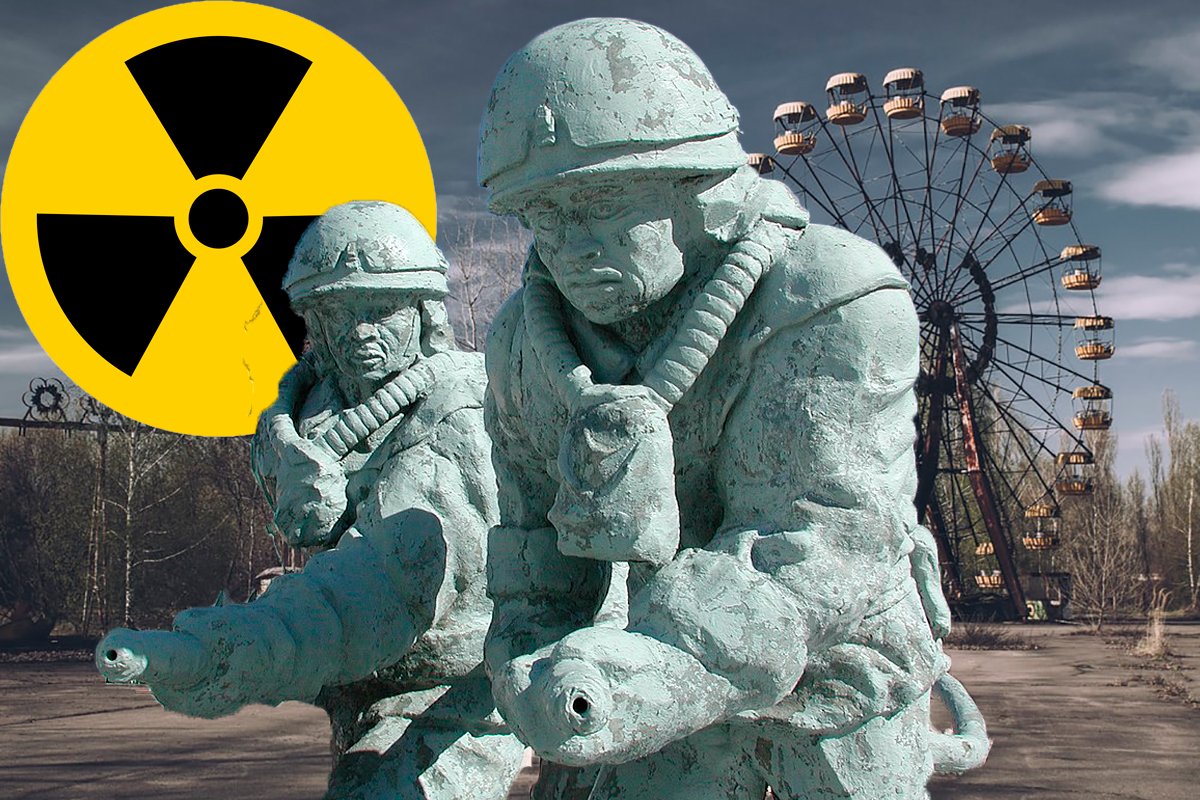
The firefighters who responded to the 1986 Chernobyl nuclear disaster were wearing little more than helmets and rubber boots to protect themselves from lethal levels of radiation. Composite by Coffee or Die Magazine.
It’s been almost 36 years since the worst man-made disaster in history unfolded at the Soviet Union’s Chernobyl Nuclear Power Plant in northern Ukraine, and the site has again become a source of collective anxiety as Russia’s invasion of Ukraine has damaged critical infrastructure at Chernobyl and other nuclear power facilities in the country.
As Coffee or Die Magazine reported Feb. 24 — the day Russian troops poured into Ukraine from Belarus and Russia — Chernobyl’s damaged reactor was encased in concrete after the 1986 disaster. The enclosure prevents deadly levels of radiation from escaping and further contaminating the environment, and Kyiv nuclear safety expert Dmytro Gumenyuk said any damage to that enclosure could prove catastrophic for much of Europe.
As Russian forces occupied the Chernobyl exclusion zone, Ukrainian President Volodymyr Zelenskyy said on Twitter, “Our defenders are giving their lives so that the tragedy of 1986 will not be repeated.”
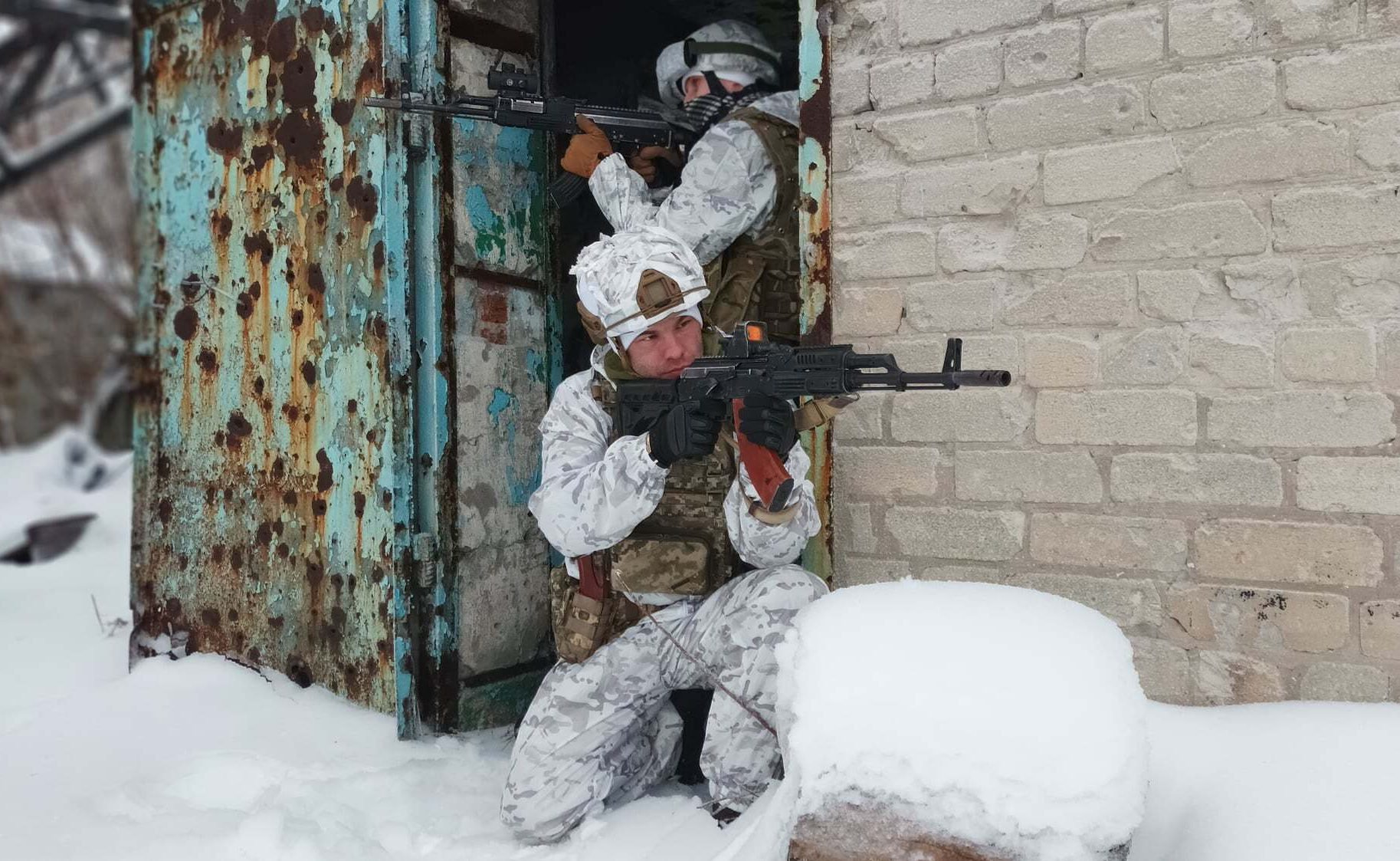
But what did the tragedy of 1986 actually look like for the firefighters and first responders who sacrificed everything to contain the nightmarish nuclear disaster at Chernobyl? Wearing nothing more protective than helmets, jackets, and boots, the firefighters who battled the initial fires at Chernobyl in April 1986 rushed in to put out several searing blazes. Though many didn’t know it at the time, they were running toward certain, painful death.
The disaster started April 26, 1986, when engineers at the Chernobyl Nuclear Power Plant began a routine safety test on a steam turbine in one of its reactors. Somewhere along the way, human error and flaws in the design of the Soviet reactor began an uncontrolled nuclear chain reaction, sending incredible amounts of energy surging through the power station.
One of the reactor cores of the nuclear plant began to heat up and melt down. Steam explosions rocked the facility, opening reactor No. 4 to the air by blowing a hole in the roof and causing a massive fire in the reactor. The fire burned 5% of the core’s radioactive material into the air and across Europe. The nearby town of Pripyat, population 49,000, was eventually evacuated, along with 68,000 more from a wider exclusion zone.

Meanwhile, firefighters from all around the Kyiv region — 37 fire crews comprising 186 firemen driving 81 engines — drove toward the radioactive smoke plume.
First on the scene were the power station’s own firefighters, led by Lt. Volodymyr Pravyk. He and his firefighters felt and heard the explosions, immediately geared up, and drove toward the smoke. They had no idea the reactor had just exploded. When Pravyk realized the extent of the disaster, he put the entire region on alert and ordered all crews to come help at Chernobyl.
Pravyk and his 13 men were facing a series of known and unknown challenges. The firefighters at Chernobyl knew the roof of the reactor was constructed using asphalt, which was not only combustible but had spread a series of fires throughout the building. They didn’t know that the uranium dioxide used in the core’s fuel rods had also exploded and was burning along with the radioactive graphite used to slow the speed of neutrons, forming a highly toxic and radioactive smoke on the roof.
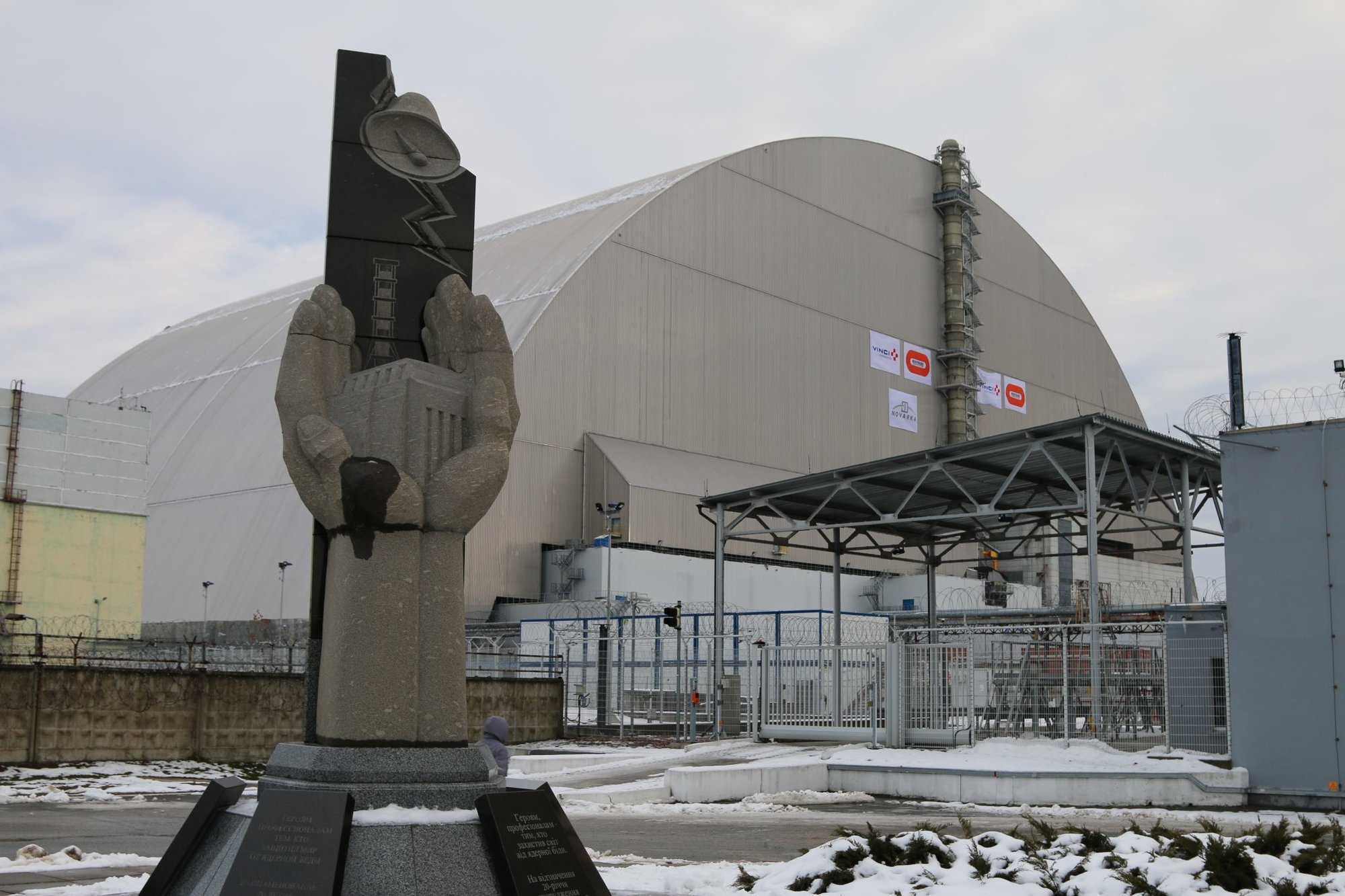
A lethal dose of radiation is around 400-450 roentgen equivalent man (rem) sustained over a short period of time. This is why nuclear cleanup teams work in small groups for short periods of time. At the Chernobyl site, the roof was emitting 20,000 rem an hour. Closer to the core, it was more like 30,000 rem.
Pravyk didn’t know that either. All the firefighters could see was the radiation dosimeters reading maximum in the facility.
An estimated 70 tons of uranium and 900 tons of graphite, along with their fires, were producing six to seven times the lethal human dose of radiation every hour. Since everything used to extinguish fires in the facility was inoperable, including pumps used to get water to the roof, the firemen had to lay hoses to get to them from their trucks. This included the roof, which was around 230 feet up.
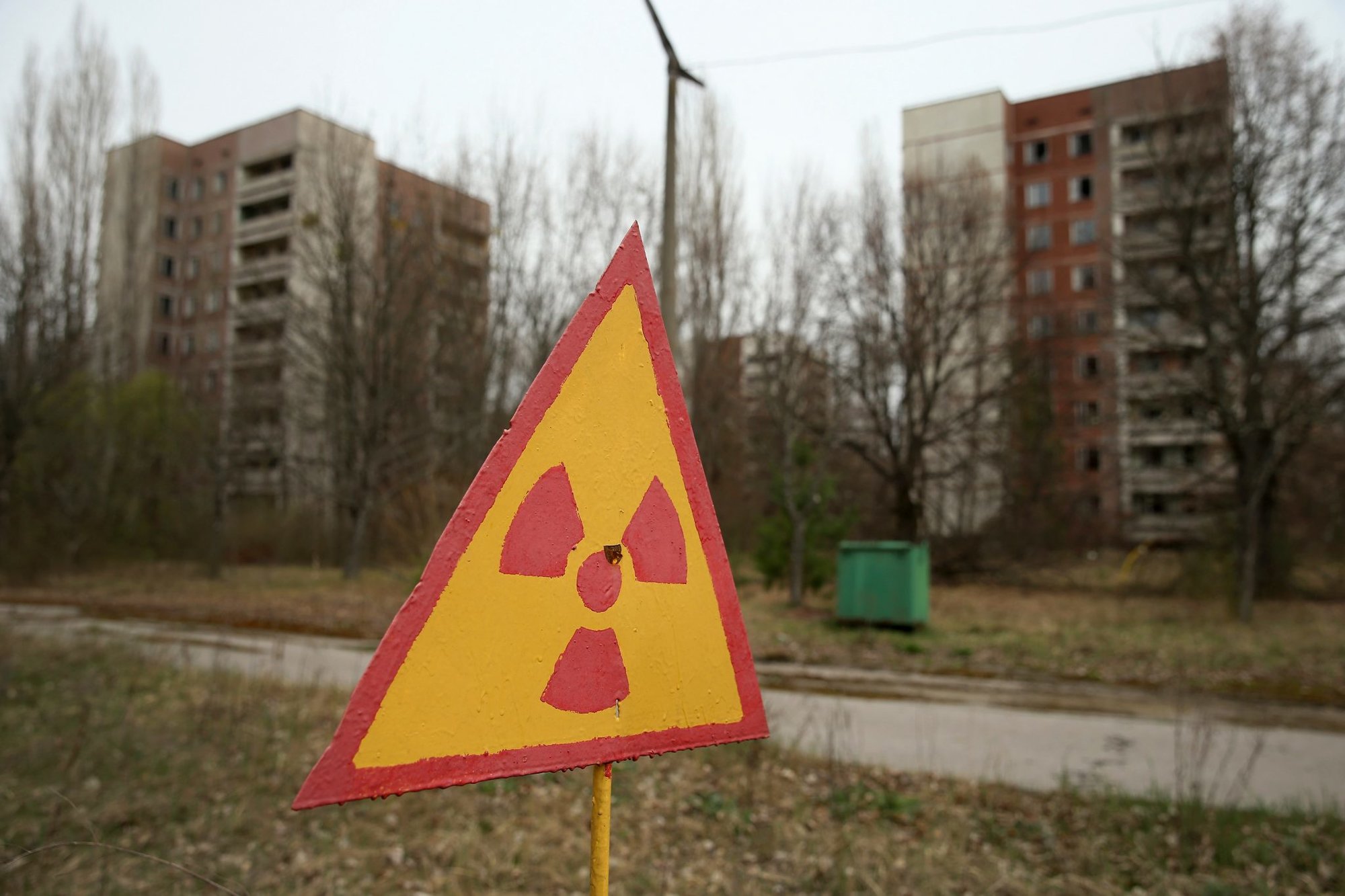
Pravyk, along with firefighters Nikolai Titenok, Vladimir Tishura, Nikolai Vashchuck, Viktor Kibenok, and Vasily Ignatenko, ran the hoses up to the roof via fire escape to pour water onto the core, which had reached temperatures of more than 3,600 degrees Fahrenheit. They soon began to feel the effects of the uranium and had to be rescued from the burning building themselves as their muscles weakened and they began vomiting.
In the core, it would have taken 48 seconds for a human to absorb lethal doses of radiation. It only took one hour for Pravyk and his comrades. It was said that the radiation was so intense, Pravyk’s eyes changed color, and Titenok’s autopsy revealed burn blisters on his heart.
As more and more firefighters showed up on scene at Chernobyl, the new arrivals understood they were going into a burning nuclear reactor. Knowing it might cost their lives, they went in anyway. They had to keep the fire from spreading to the No. 3 reactor through the asphalt roof. The No. 4 reactor was spewing not just uranium and graphite, but also radioactive caesium-137, iodine-131, and strontium-90 into the air.
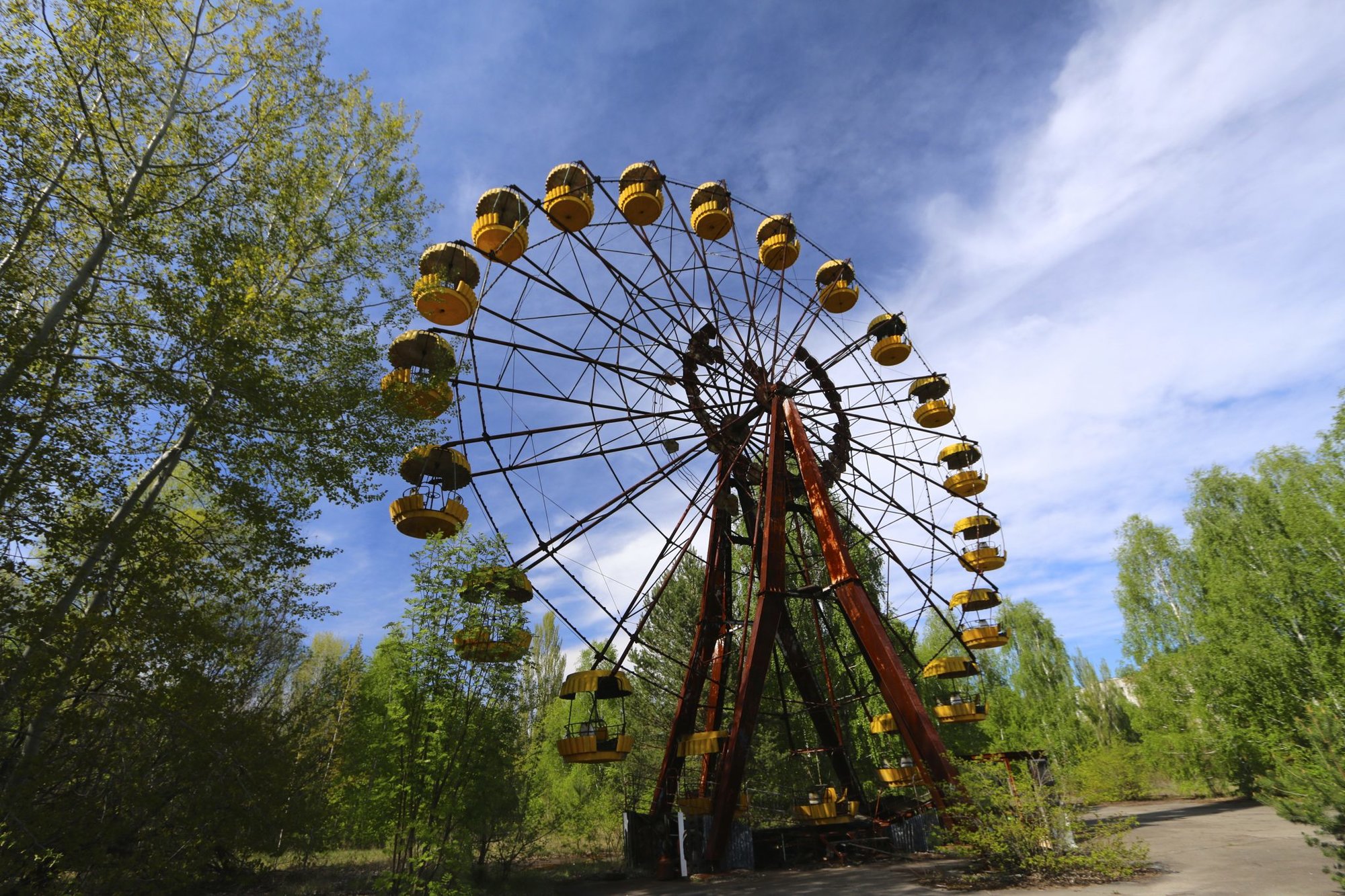
The smoke plume would burn for 10 days and set radiation alarms off in Sweden while depositing radioactive material in lakes as far away as Japan. Pravyk and the firefighters who were just meters from ground zero of the worst man-made disaster in human history were so irradiated, they had to be buried in coffins made of lead and welded shut to prevent their corpses from contaminating the area for the next 26,000 years.
In order to contain the disaster, Soviet engineers constructed a massive concrete and steel sarcophagus over the No. 4 reactor. Containing the core was a protective measure for workers involved in the three-year cleanup after the disaster, as well as those who would continue working at the power plant until it was closed in 2000.
Cleaning up Chernobyl required anywhere from 350,000 to 800,000 firefighters, nuclear physicists, military personnel, construction workers, and others working over a three-year period. They were given the title of “liquidators,” which came from the Russian word “likvidator,” meaning “to eliminate the consequences of an accident.”
Today, as Russia assaults Ukrainian cities and targets and occupies key strategic infrastructure such as nuclear power plants, the world anxiously watches, hoping the tragic death and destruction of an unprovoked war doesn’t cause an even bigger disaster than the accident whose consequences still threaten human life.
Read Next:

Blake Stilwell is a traveler and writer with degrees in design, television & film, journalism, public relations, international relations, and business administration. He is a former US Air Force combat photographer with experience covering politics, entertainment, development, nonprofit, military, and government. His work can be found at We Are The Mighty, Business Insider, Fox News, ABC News, NBC, HBO, and the White House.
BRCC and Bad Moon Print Press team up for an exclusive, limited-edition T-shirt design!
BRCC partners with Team Room Design for an exclusive T-shirt release!
Thirty Seconds Out has partnered with BRCC for an exclusive shirt design invoking the God of Winter.
Lucas O'Hara of Grizzly Forge has teamed up with BRCC for a badass, exclusive Shirt Club T-shirt design featuring his most popular knife and tiomahawk.
Coffee or Die sits down with one of the graphic designers behind Black Rifle Coffee's signature look and vibe.
Biden will award the Medal of Honor to a Vietnam War Army helicopter pilot who risked his life to save a reconnaissance team from almost certain death.
Ever wonder how much Jack Mandaville would f*ck sh*t up if he went back in time? The American Revolution didn't even see him coming.
A nearly 200-year-old West Point time capsule that at first appeared to yield little more than dust contains hidden treasure, the US Military Academy said.












